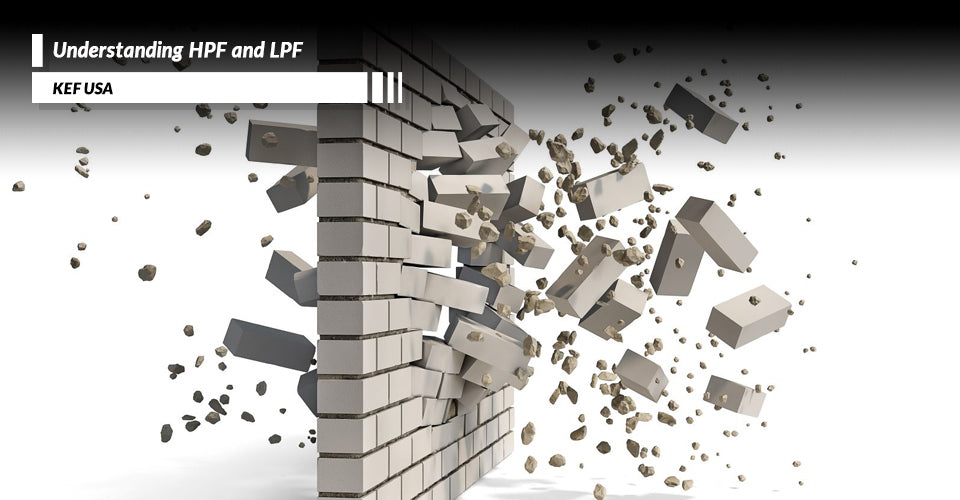- Thread Starter
- #21
Thanks for this. On your point 1, I'm limited with my options. I can move the speakers forwards or back a few inches but that's it. I posted a picture of my room and speakers above previously.Oooh.... you have an almost square room ... very similar to mine. My room is 4m x 4m.
Your room super huge mode at ~47Hz looks very similar to mine (@ 43Hz).
Allow me to share a few ideas to try:
Hope these ideas help...
- make the speaker-wall distances different (speaker-sidewall <> speaker-frontwall)
- simultaneously keep the left-side & right-side symmetrical
- listening position away from the backwall (i think your diagram already shows it)
- use EQ to tame down those >10dB modes
- my square room can sound a little honky/boxy ... if so ... you can try to use EQ to tame down the 300Hz-600Hz region between 1dB to 2dB (Q anywhere from 1.0++)
Im not sure what you mean by bullet point 2?

